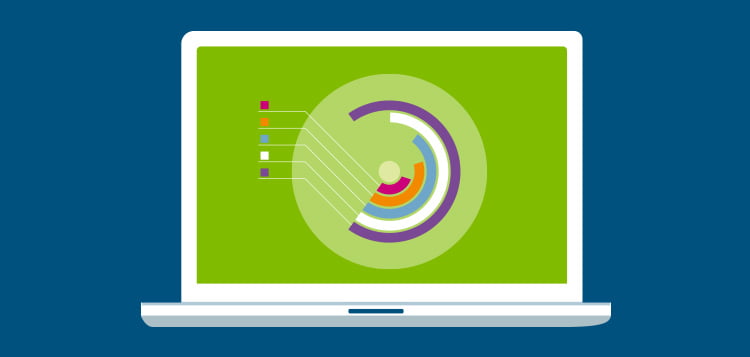Intrigued In Learning How Web Site Design Has Progressed? Check Out The Trip From Straightforward Layouts To User-Centric Methods
Intrigued In Learning How Web Site Design Has Progressed? Check Out The Trip From Straightforward Layouts To User-Centric Methods
Blog Article
Content Created By-Solis Gibbons
In the past, websites were basic and focused on details. Navigation was straight, and style was for desktops. Currently, individual experience is vital. Data guides designs for easy navigation. Responsive formats match various gadgets. Today, dark setting decreases pressure, and minimal food selections enhance navigation. Interactive features involve individuals, and bold visuals attract attention. AI assimilation enhances interaction. See just how layout has progressed to boost your online journey.
Very Early Days of Web Design
In the early days of web design, simpleness preponderated. Internet sites were standard, with limited colors, fonts, and formats. The focus was on supplying details instead of fancy visuals. Customers accessed the net through sluggish dial-up links, so speed and functionality were key.
Navigating food selections were straightforward, usually situated at the top or side of the web page. Sites were created for home computer, as mobile surfing had not been yet prevalent. website seo content services was king, and developers prioritized simple readability over complex style components.
seo marketing internet was the main coding language made use of, and developers needed to function within its restraints. Computer animations and interactive features were minimal compared to today's standards. Sites were static, with little vibrant content or customized user experiences.
Rise of User-Focused Style
With the evolution of internet site layout, a change in the direction of user-focused style principles has come to be progressively noticeable. Today, developing web sites that prioritize user experience is crucial for engaging visitors and achieving company goals. User-focused layout includes understanding the demands, choices, and actions of your target audience to customize the web site's format, material, and includes accordingly.
Developers currently carry out extensive research, such as customer surveys and usability testing, to collect insights and responses straight from users. This data-driven approach assists in creating user-friendly navigating, clear calls-to-action, and aesthetically enticing interfaces that resonate with site visitors. By putting the customer at the center of the style procedure, sites can provide an extra individualized and satisfying experience.
Receptive style has additionally become a crucial element of user-focused layout, making certain that sites are enhanced for different devices and display sizes. This adaptability enhances ease of access and use, dealing with the diverse means customers interact with internet sites today. Fundamentally, the surge of user-focused layout signifies a shift towards creating digital experiences that focus on the needs and assumptions of the end individual.
Modern Trends in Web Design
Discover the most up to date trends forming website design today. One prominent fad is dark setting style, providing a sleek and modern look while decreasing eye pressure in low-light atmospheres. One more vital trend is minimalist navigation, streamlining menus and boosting customer experience by concentrating on essential elements. Including micro-interactions, such as animated buttons or scrolling impacts, can develop a much more appealing and interactive site. Responsive layout stays important, making sure seamless customer experiences across various gadgets. In addition, using vibrant typography and unbalanced formats can include aesthetic rate of interest and accentuate particular content.
Integrating AI innovation, like chatbots for consumer assistance or customized recommendations, boosts user engagement and improves procedures. Accessibility has additionally come to be a substantial pattern, with developers prioritizing comprehensive design methods to accommodate diverse user demands. Accepting sustainability by enhancing web site performance for speed and effectiveness is an additional arising pattern in web design. Collaborating with individual feedback and information analytics to iterate and improve design continually is crucial for staying relevant in the ever-evolving electronic landscape. By embracing these contemporary patterns, you can produce a visually attractive, user-friendly site that resonates with your target market.
Final thought
As you reflect on the development of website design from the very early days to currently, you can see exactly how user-focused design has actually ended up being the driving pressure behind modern-day trends.
Accept the trip of adjustment and adjustment in web design, always keeping the user experience at the leading edge.
Keep present with the latest patterns and technologies, and never ever stop progressing your approach to develop visually spectacular and straightforward websites.
Advance, adapt, and produce - the future of website design remains in your hands.
